12 Flock 2E Satellites
Launching aboard the Cygnus OA-4 mission are the next addition to the Flock-2 Earth Observation Satellite Constellation operated by Planet Labs – a dozen Flock 2E satellites set for deployment from the International Space Station.
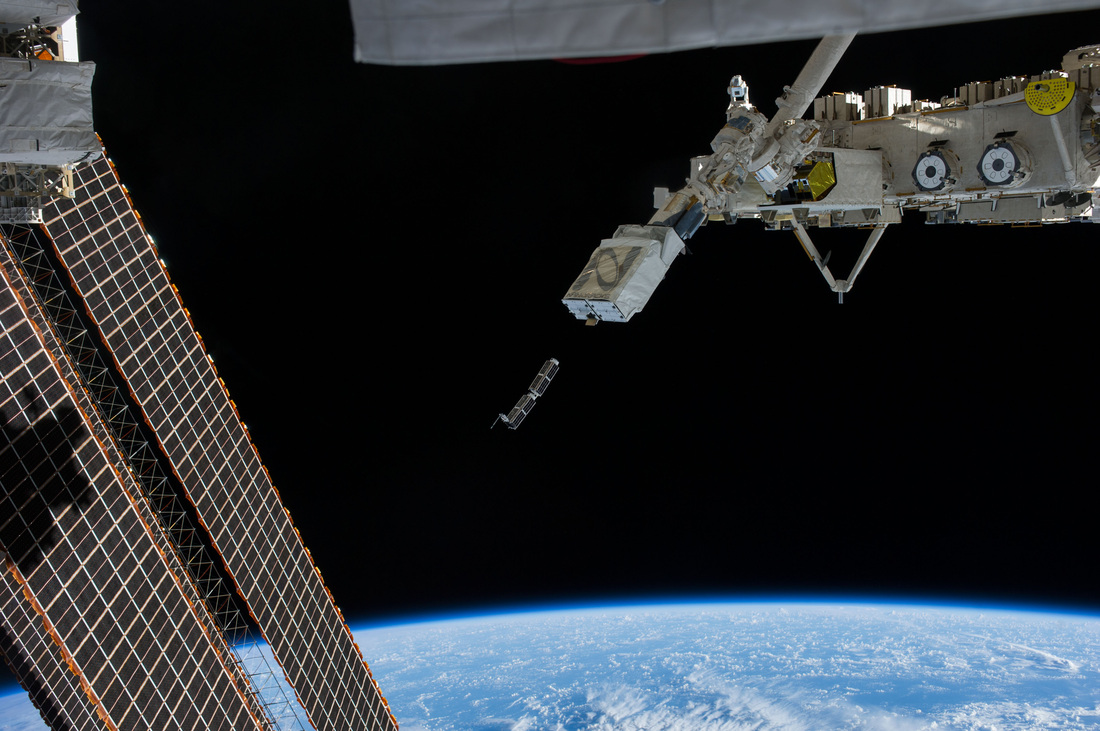
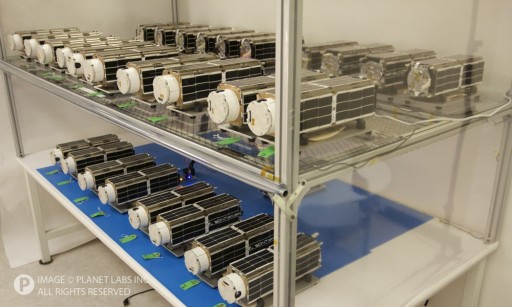
Flock is a satellite constellation of CubeSats dedicated to Earth Observations using a fleet of small satellites to generate high-resolution images of Earth achieving resolutions of three to five meters. The operational constellation began deployment in 2014 and uses a combination of shorter and longer lived orbits being launched from the International Space Station and different orbital launch vehicles.
The satellites are designed, developed, manufactured and operated by Planet Labs based in San Francisco that markets the Earth Observation data products to a range of customers for a variety of applications.
“Our company goal is to image everywhere very frequently, for everyone,” said Robbie Schingler, co-founder of Planet Labs. “If you image everywhere, then that actually means that you can image anywhere. That’s going to be quite transformative for a number of countries, for a number of companies, and so forth. Our monitoring capability is always on. We are always taking a picture.”
Spacecraft Overview
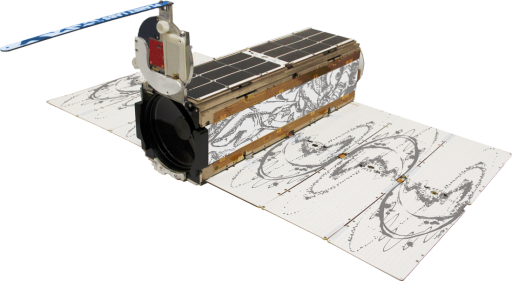
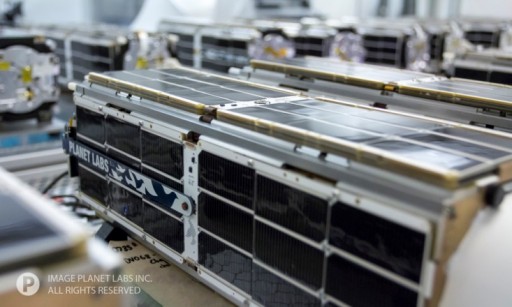
The Flock spacecraft are based on the three-unit CubeSat specification having a launch mass of about 5 Kilograms and being 100mm × 100mm × 340mm in size featuring body mounted solar panels and two deployable solar arrays with three panels each using triangular advanced solar cells.
The solar arrays are spring-loaded and deployed by burn-wires once the satellites are released into their independent orbits. Flock spacecraft contain Lithium-Ion batteries that provide power to the various systems. A power distribution unit delivers power to all subsystems. The load bearing satellite structure consists of three skeleton plates, with L rails along each corner edge. Laser etched side panels are used for the Flock satellites.
Attitude data is provided by three-axis magnetometers to accomplish three-axis stabilization via a reaction wheel system and magnetic torquers for momentum management. Fine pointing data is provided by a Star Camera. Flock 1 satellites use a single-board computer to control all spacecraft and payload functions with a watchdog board able to reboot the flight computer in the event of errors or radiation related upsets.
The satellites use an X-Band system for the downlink of acquired images and systems telemetry at data rates of up to 120Mbit/s. Primary command uplink is done via S-Band, although a low-speed Telemetry and Command System operating in the UHF band is also available and in use for early commissioning operations and as a backup.
The main payload of each satellite is an optical telescope of unknown specifications to acquire high-resolution images of Earth. The telescope has an aperture diameter of 90mm and is protected by an aperture cover that is deployed via springs. The optical axis is down the central axis of the satellite to achieve a maximum focal length.
Deployment from ISS
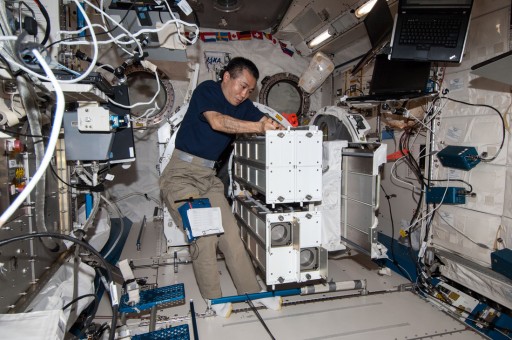
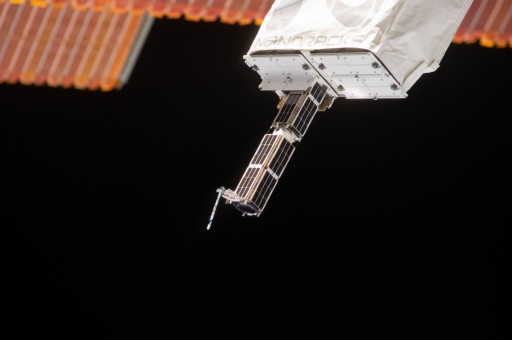
The Flock satellites deployed from the Space Station use a deployment mechanism supplied by NanoRacks. The System uses the Multi-Purpose Experiment Platform of the Japanese Experiment Module to which the NanoRacks CubeSat Deployers (NRCSDs) are attached. The dispenser holds up to sixteen three-unit CubeSats and is attached to the Multi-Purpose Experiment Platform (MPEP) that can be grappled by the Japanese Remote Manipulator System and deploy the satellites in pairs upon command issued from inside ISS or the JAXA Control Center in Tsukuba, Japan.
For a deployment, the platform is moved outside via the Kibo Module’s Airlock and slide table that allows the Japanese Robotic Arm to move the deployers to the correct orientation for the satellite release and also provides command and control to the deployers. Each NanoRacks CubeSat Deployer is capable of holding six CubeSat Units – allowing it to launch two 3U satellites or a number of 2U and 1U satellites. In total, eight NRCSDs were installed on the experiment platform. The Flock-1 satellites are launched in pairs with several pairs being launched per day.
The deployment trajectory has been precisely calculated to ensure the satellites would enter an orbit that does not intersect with ISS on any of the subsequent orbits to avoid collisions. Once the deployers are empty, the platform is moved back inside ISS so that it can be re-used for the next series of deployments.
Deploying CubeSats from ISS has a number of benefits. Launching the vehicles aboard the logistics carrier of ISS visiting vehicle’s reduces the vibration and loads they have to encounter during launch.In addition, they can be packed in protective materials so that the probability of CubeSat damage during launch is reduced significantly. Also, once arriving at the Space Station, the satellites can be checked pre-deployment, making sure any damage is detected before committing them to flight.
